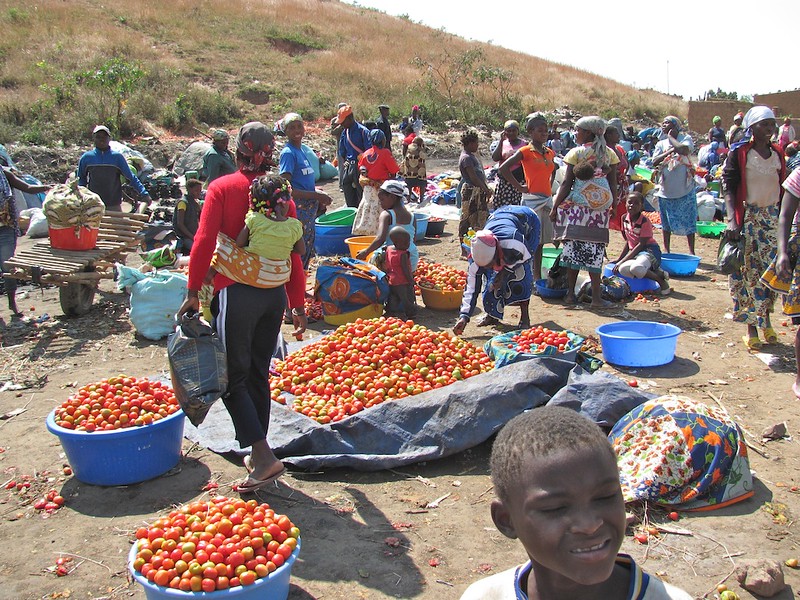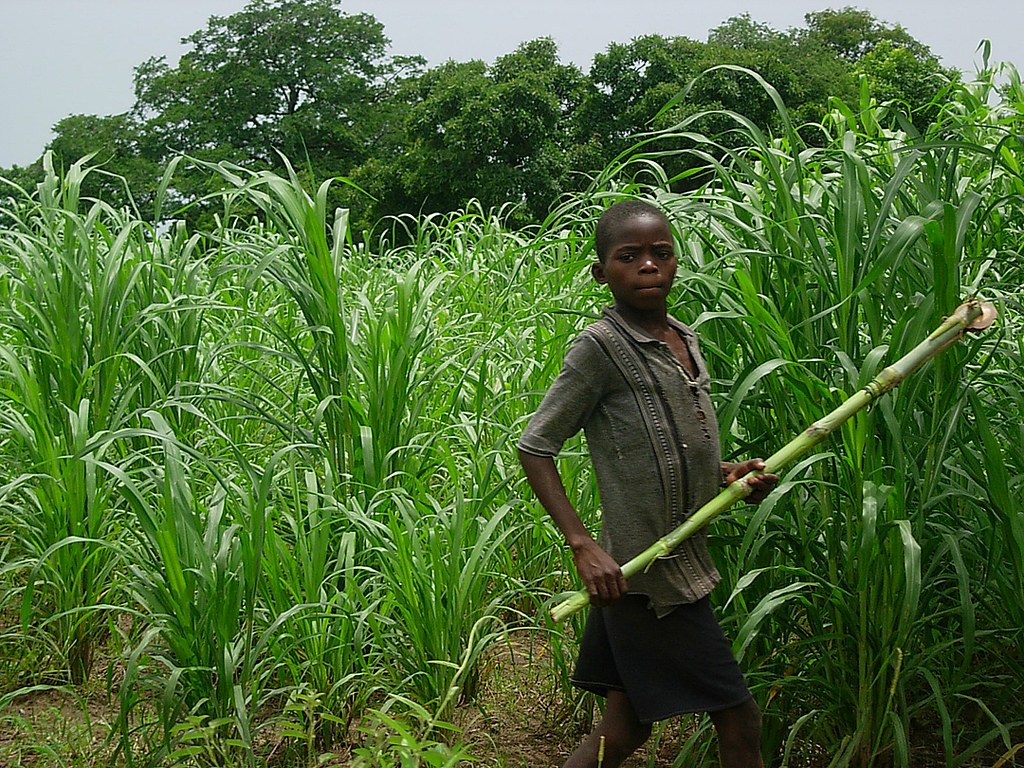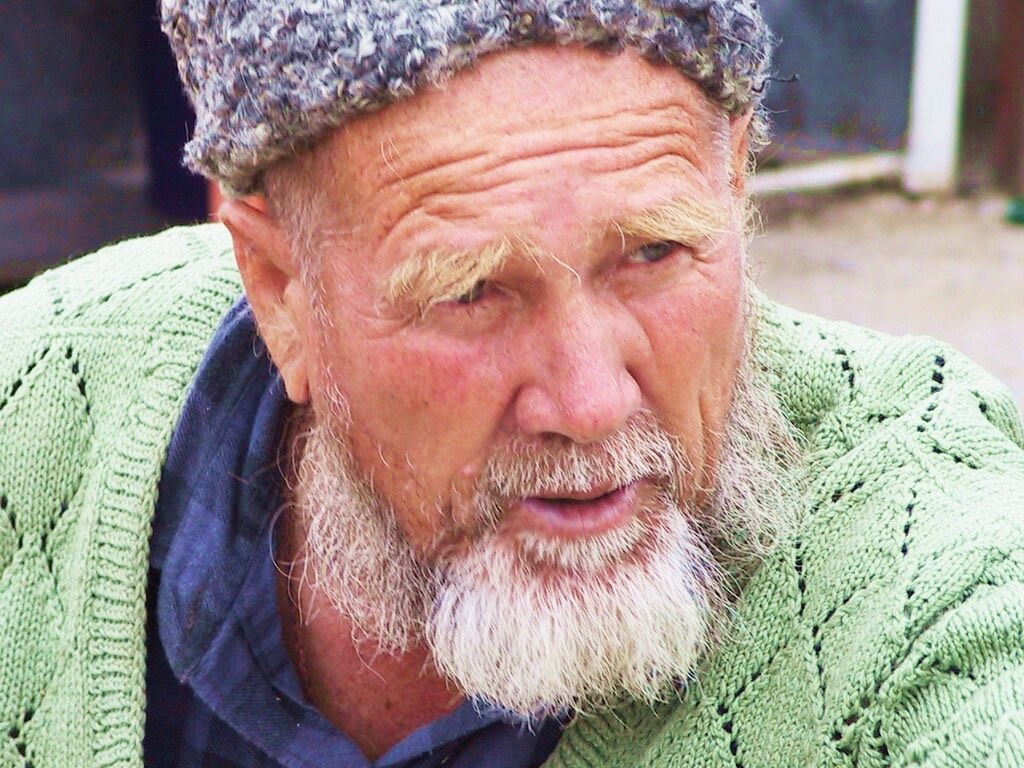 Despite holding abundant gas and oil reserves, 45% of Turkmenistan’s population live below the poverty line, with 2.15% of the population, or 50,200 people, living on less than $2.15 a day. This has caused the nation to have the lowest life expectancy in Central Asia of 69.1. Between 2005 and 2021, Turkmenistan’s life expectancy rose by only 3.2 years, while life expectancy in neighboring Tajikistan rose by 5.1 years for a life expectancy of 71.29. It is in this context that elderly poverty has become an all too familiar occurrence in Turkmenistan. Here is more information about elderly poverty in Turkmenistan.
Despite holding abundant gas and oil reserves, 45% of Turkmenistan’s population live below the poverty line, with 2.15% of the population, or 50,200 people, living on less than $2.15 a day. This has caused the nation to have the lowest life expectancy in Central Asia of 69.1. Between 2005 and 2021, Turkmenistan’s life expectancy rose by only 3.2 years, while life expectancy in neighboring Tajikistan rose by 5.1 years for a life expectancy of 71.29. It is in this context that elderly poverty has become an all too familiar occurrence in Turkmenistan. Here is more information about elderly poverty in Turkmenistan.
Support To Address Elderly Poverty in Turkmenistan
Elderly poverty rates are often higher than the overall population, and Turkmenistan is no exception. While specific data on this is limited, significant cuts to state pensions in 2006 may have left 300,000 people in poverty, including the elderly. Following the cutbacks, of the 229,000 people still receiving state pensions, many received no more than between £5.60 and £51 a month. This move occurred because government pension funds were already overburdened, forcing the government to dip into its currency reserves to meet the demand.
Since this occurred, state pensions have risen slightly, so the minimum one could receive is £21, but this is still not enough for most people. Furthermore, one only begins to receive their pension at the ages of 62 for men and 57 for women. While this would have relatively low pension ages in many developed countries, because of Turkmenistan’s low life expectancy, it forces people to work much later in life. This, coupled with the low payout from state pensions, leaves the elderly overburdened, forcing them to work long hours for wages that remain low.
Food Insecurity
Pensioners often have little support beyond their pensions. During the height of the COVID-19 pandemic in 2020, the nation plunged into a food crisis. Shortages of subsidized food had been occurring since 2016, and the government lacks a strategy to solve this issue. Instead, it exacerbated the problem, going as far as to deny the existence of poverty in the country so that the most vulnerable groups did not have access to social assistance and international food standards were ignored.
In November 2019, Human Rights Watch found, based on interviews with families, that families often spent 70-80% of their money on food, with one pensioner stating that her family spent all their money on getting enough to eat. Because of the food shortages, even getting a limited amount of food involves standing in line for hours at state shops that sell the limited government-subsidized food that remains, with privately owned shops being too expensive for the majority of citizens. These stores do not seek to support the most vulnerable; instead, they broadly attempt to treat all equally, leading to long waiting lines for food, meaning stores will often close without warning after running out of supplies. Due to their age, pensioners, especially those who are single or without family support, are especially vulnerable to these shortages that have not ceased despite beginning almost a decade ago.
Logistical Problems
On top of this, since 2018, in order to receive their pensions, the elderly must prove that they are not deceased. While this may sound simple enough and a way to prevent families from stealing funds supposed to go towards a now deceased relative, the lack of logistical planning for this makes it very hard for people to prove they are alive. One can only get proper documentation to receive a pension if a doctor and three government officials have seen them. As many lack access to a doctor, this is very hard for people to do, especially without family help.
Furthermore, due to the fact that the country has been experiencing a shortage in its national currency since 2016, many are unable to withdraw cash from their funds. Often, the cash they can withdraw is too old and unusable in most shops. As the purchase of foreign currency is illegal, many are unable to use their pensions to pay for basic goods and services.
Signs of Improvement
Considering all of this, it may be surprising that Turkmenistan is in the top 20 in the world in terms of being philanthropic. However, there are no charities or NGOs directly focused on combating elderly poverty; instead, they focus on fighting poverty across all aspects of society. However, investment from the Central Asian institute has provided indirect aid for the elderly through significant investment projects.
Most crucially for the elderly is the construction of health clinics in the city of Ashgabat, as well as the construction of residential buildings. These health clinics have also received aid from UNICEF, which provided the clinics with new oxygen plants in order to provide oxygen therapy. While this form of therapy is primarily for new mothers and children, it can help provide greater care for the elderly in the hope that life expectancy will increase. While it is only a small help within the national context, it is a step in the right direction, with the Central Asian Bank currently in the early stages of a four year plan (2024-28) to make the nation’s economy more resilient. This could have a transformative effect on the thousands of elderly members of society who are struggling.
Addressing Food Insecurity
In terms of fighting food insecurity, while there is still a long way to go to solve the insecurity, some are working to fight it. One prominent NGO is Eco-Durmush, a Turkmenistan based NGO that is female lead. Its aims is to promote sustainable agriculture and organic farming techniques in local communities to protect against changing weather patterns and a lack of government aid when it comes to food. Eco-Durmus has collaborated with the United Nations Development Programme (UNDP) to further stretch its sphere of influence. Because such local communities are often small and remote, their elderly population will rely on such business to gain the basic necessities they need. Furthermore, as Eco-Durmush is female lead, it gives a voice to elderly female members of society who without them would lack a voice that shines a light on their suffering.
Looking Ahead
The people of Turkmenistan have suffered under a regime that has been accused of countless human rights breaches and having failed to provide adequate living standards for them. Because of the totalitarian structure of government, an accurate picture of the oft-forgotten nation is hard to come by, especially on specific figures related to elderly poverty. However, from the data that one can gather, a picture forms of a nation that struggles to support its elderly and most vulnerable. With limited pensions, food and state support, the elderly have to fend for themselves in an unforgiving system, ultimately contributing to a life expectancy far lower than neighboring nations with little more wealth. However, hopefully, the efforts to improve the health system will help eliminate elderly poverty in Turkmenistan.
– Felix Hughes
Felix is based in the UK and focuses on Global Health and Politics for The Borgen Project.
Photo: Wikimedia Commons
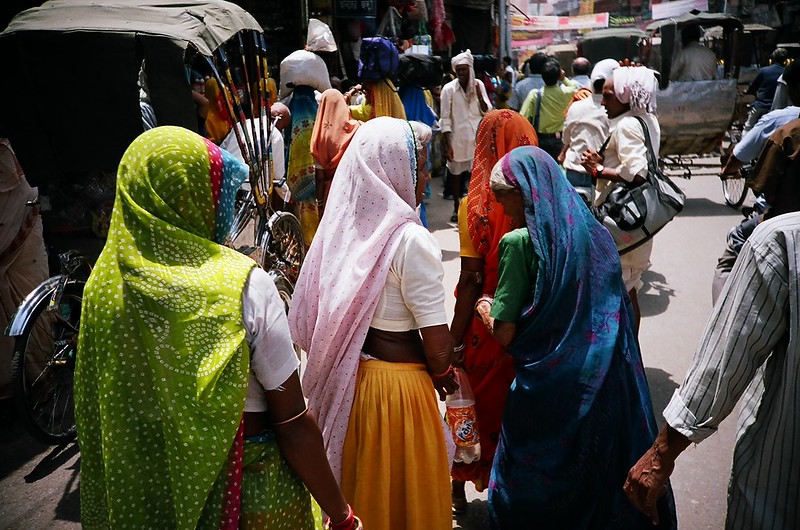 More than
More than 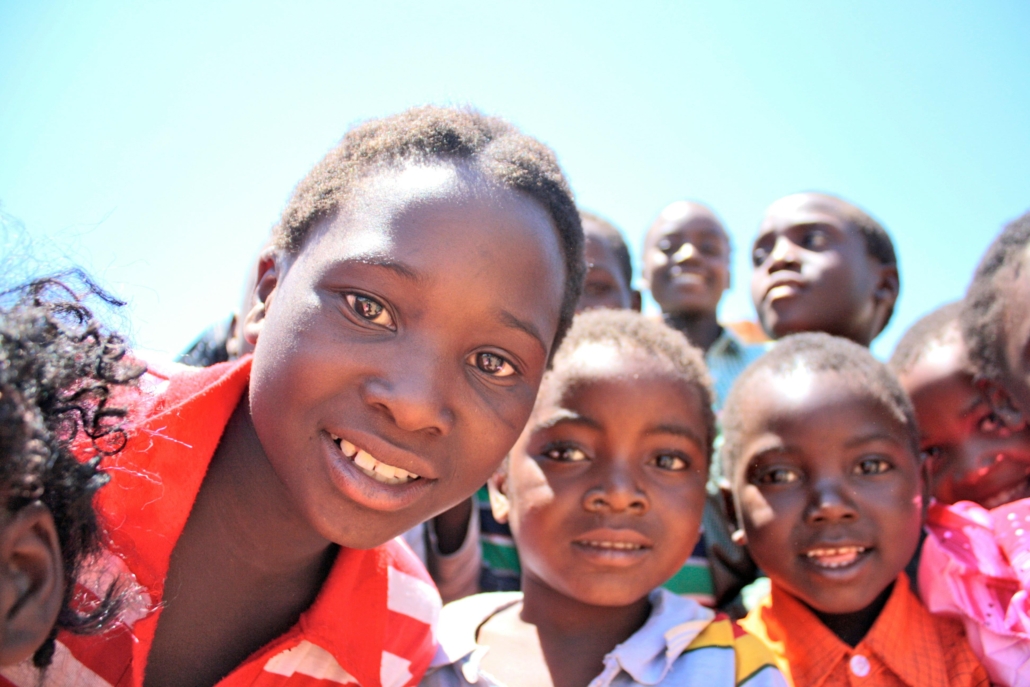
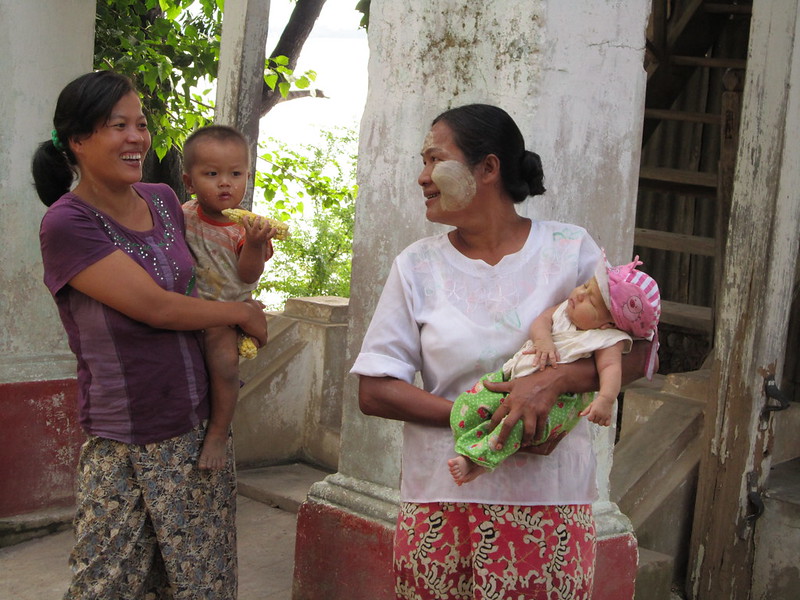 Since gaining
Since gaining 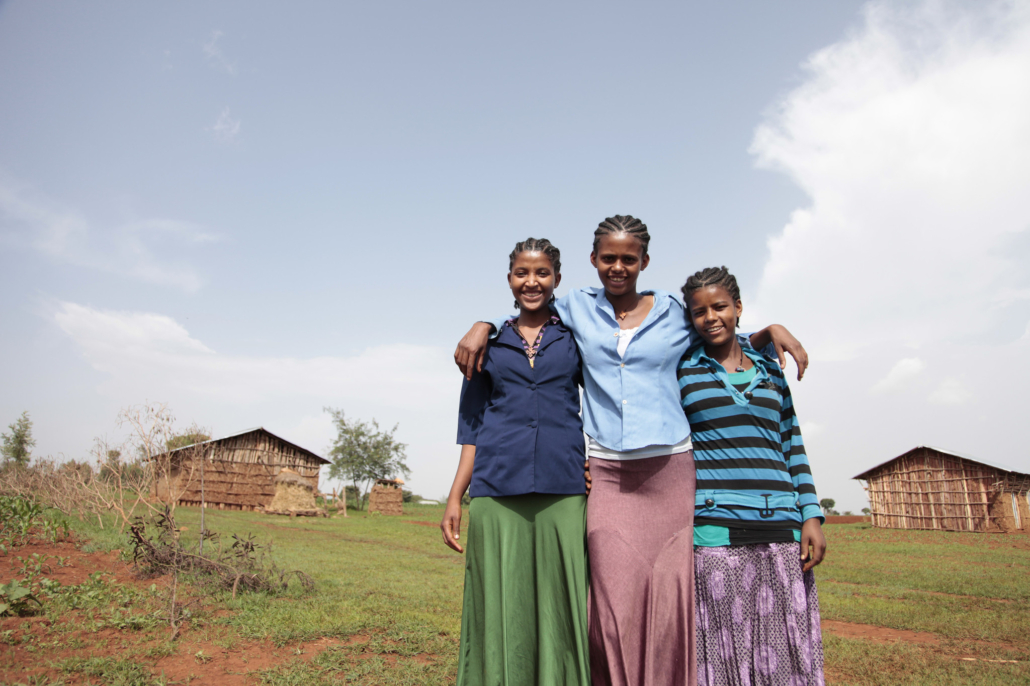
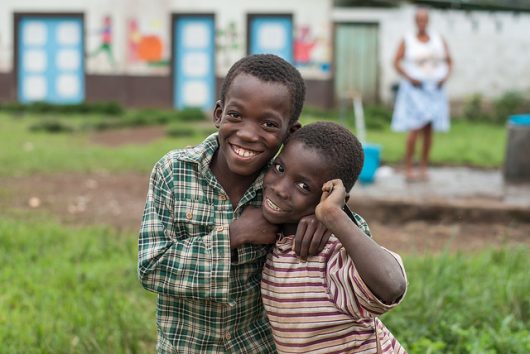
 As an
As an 